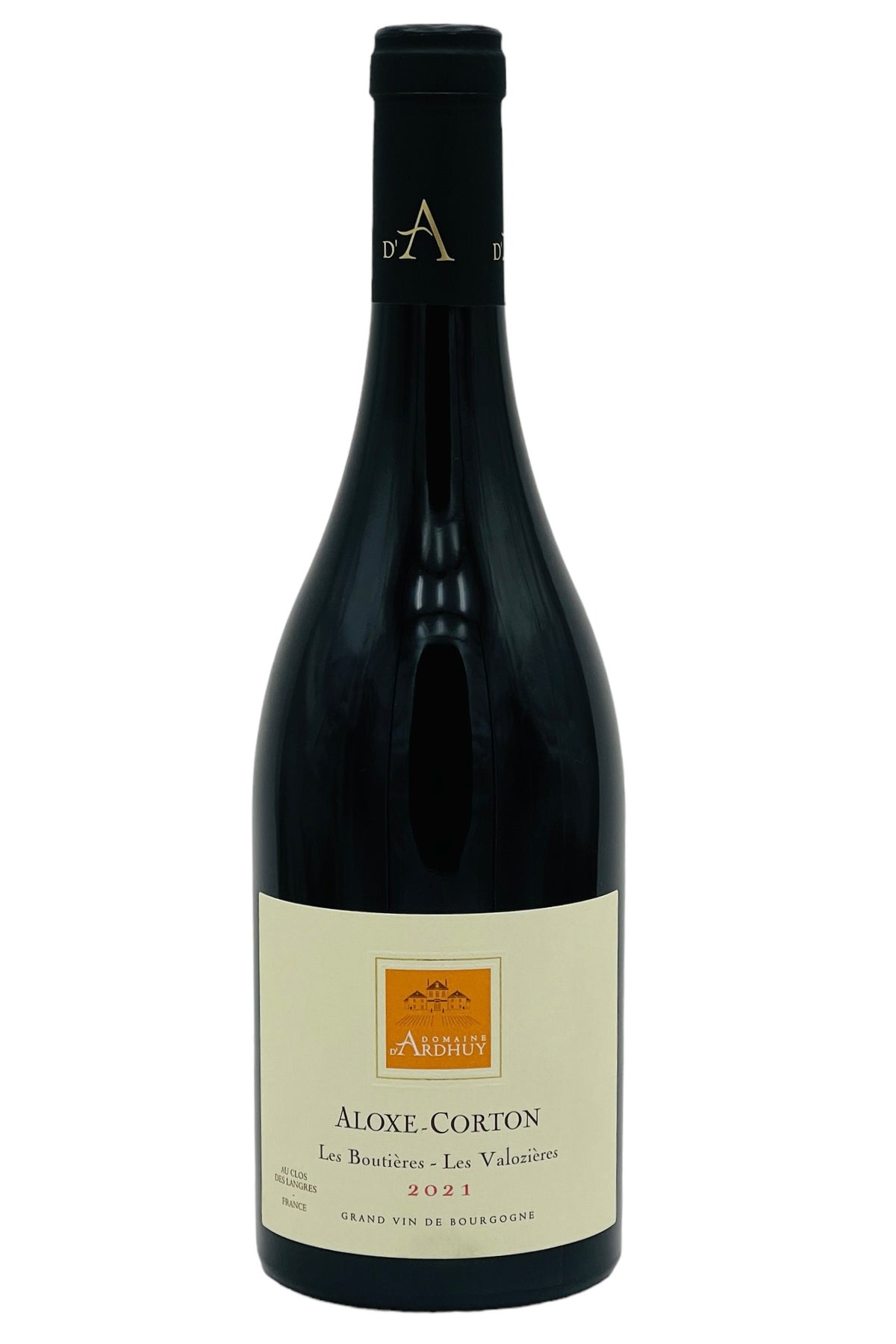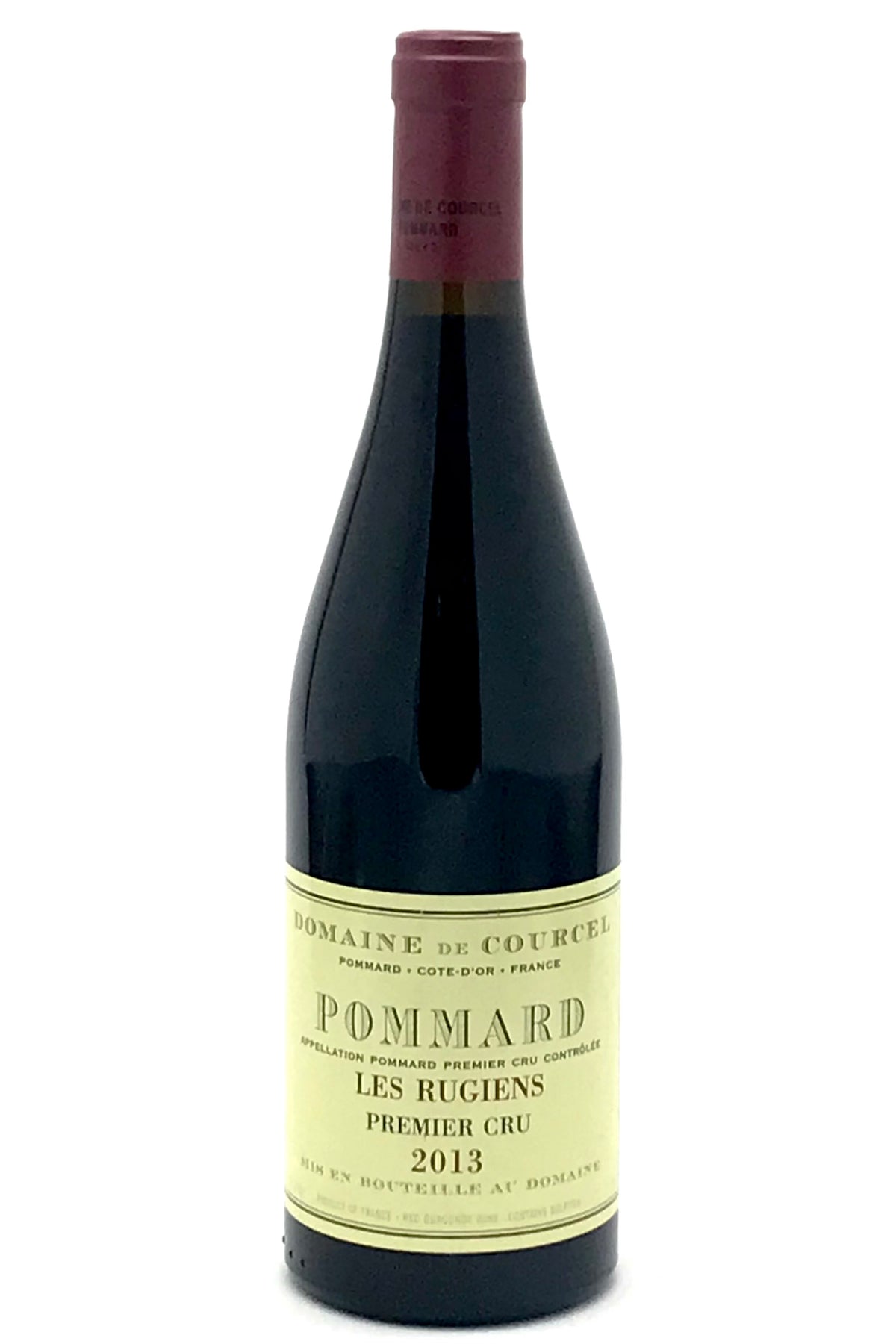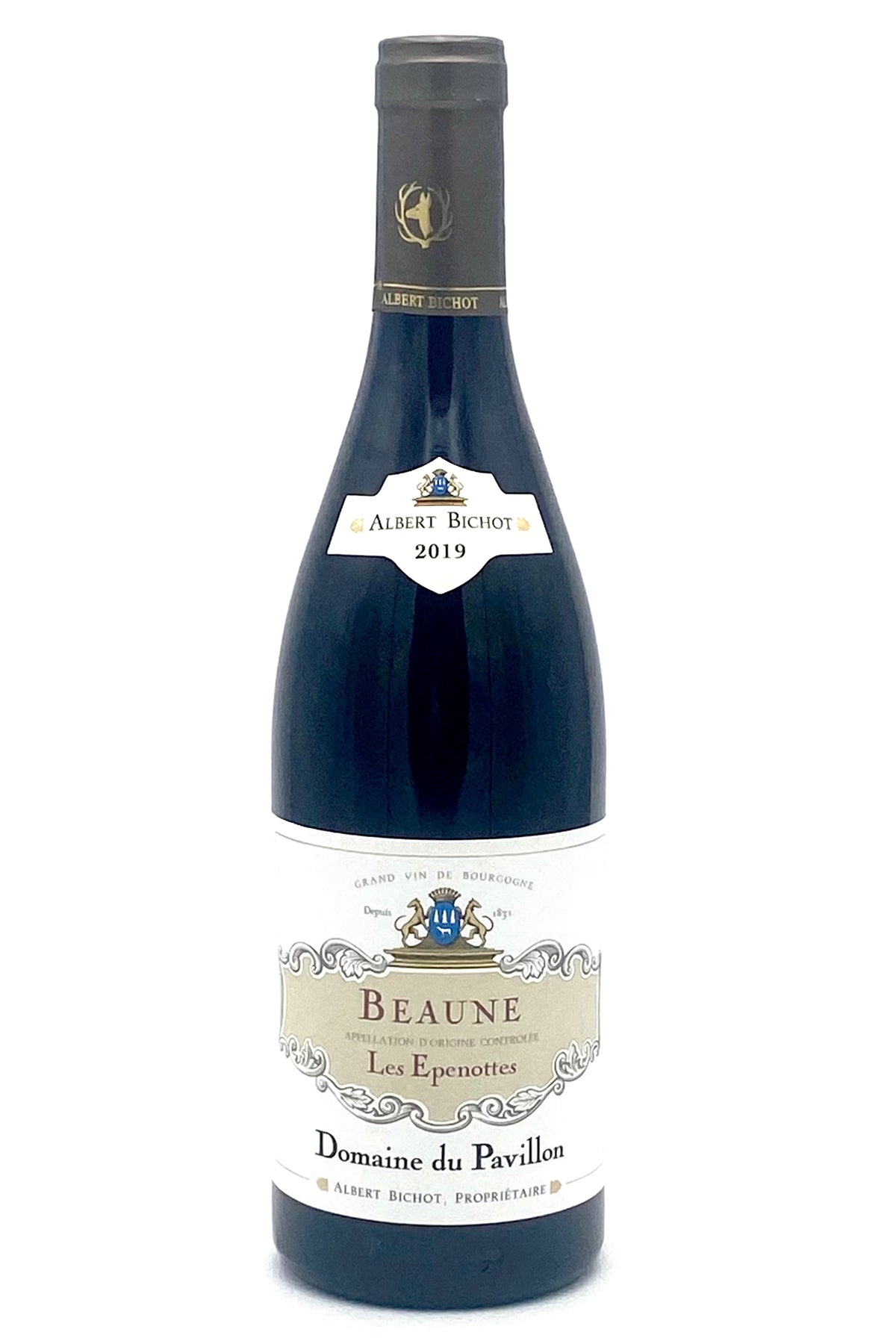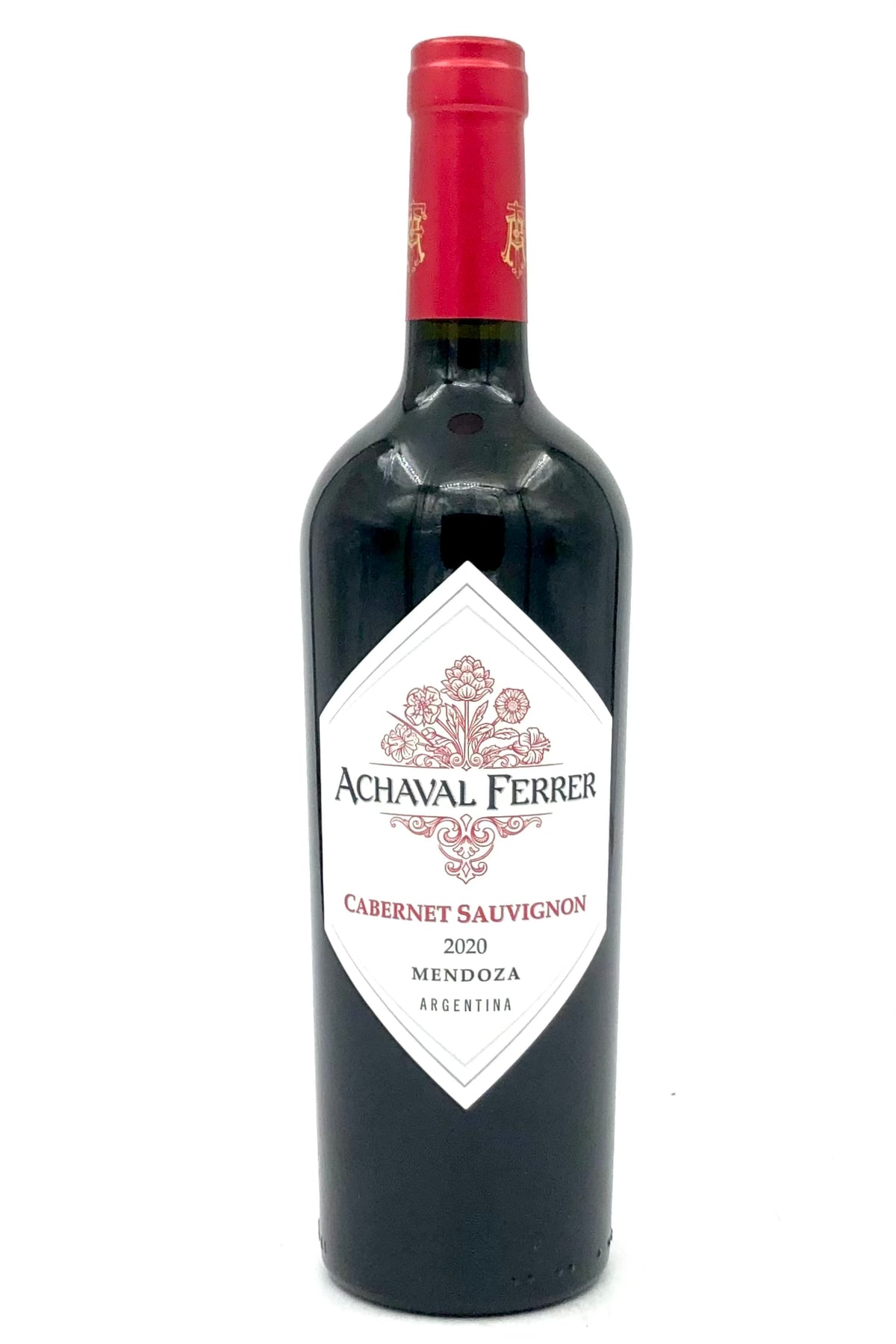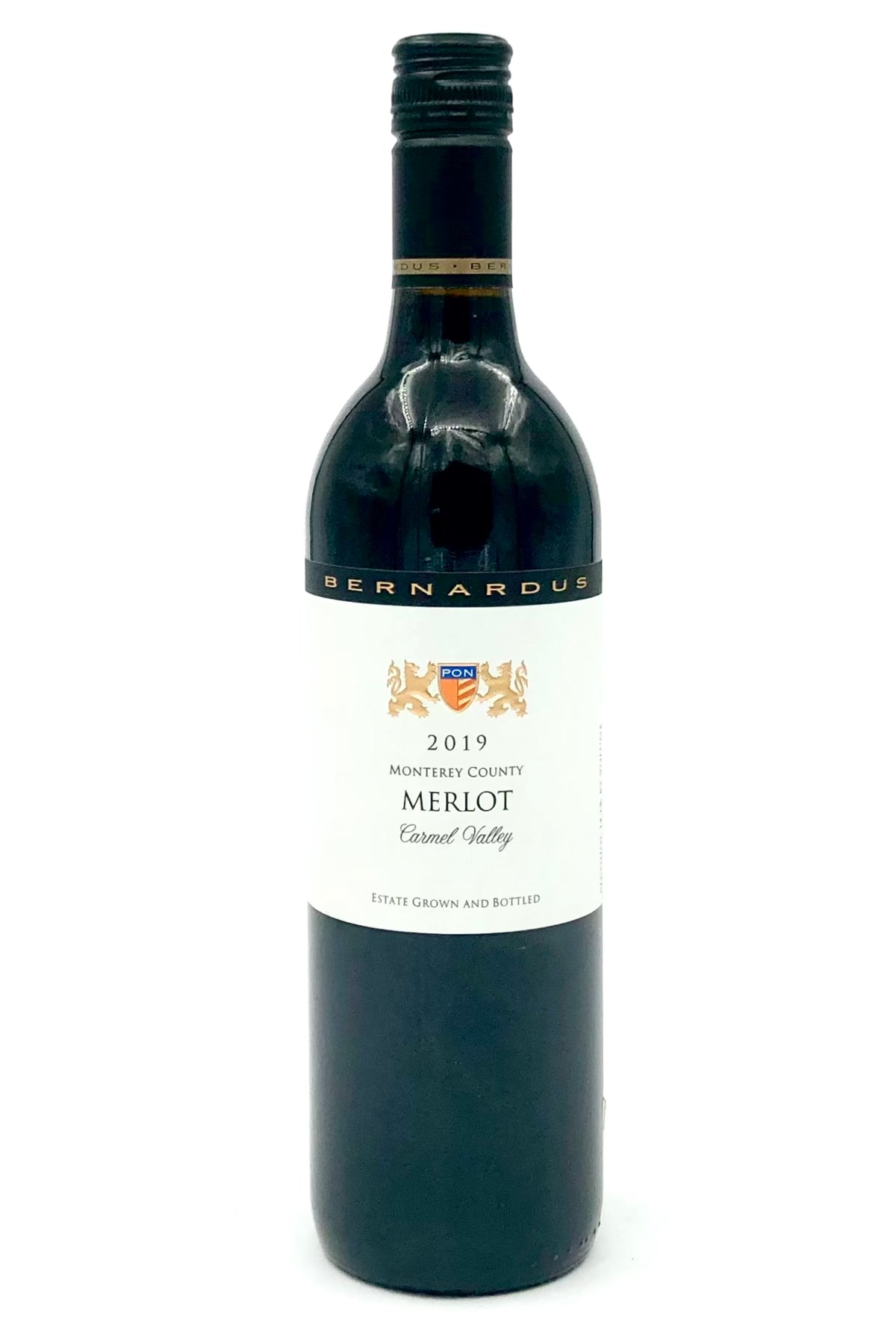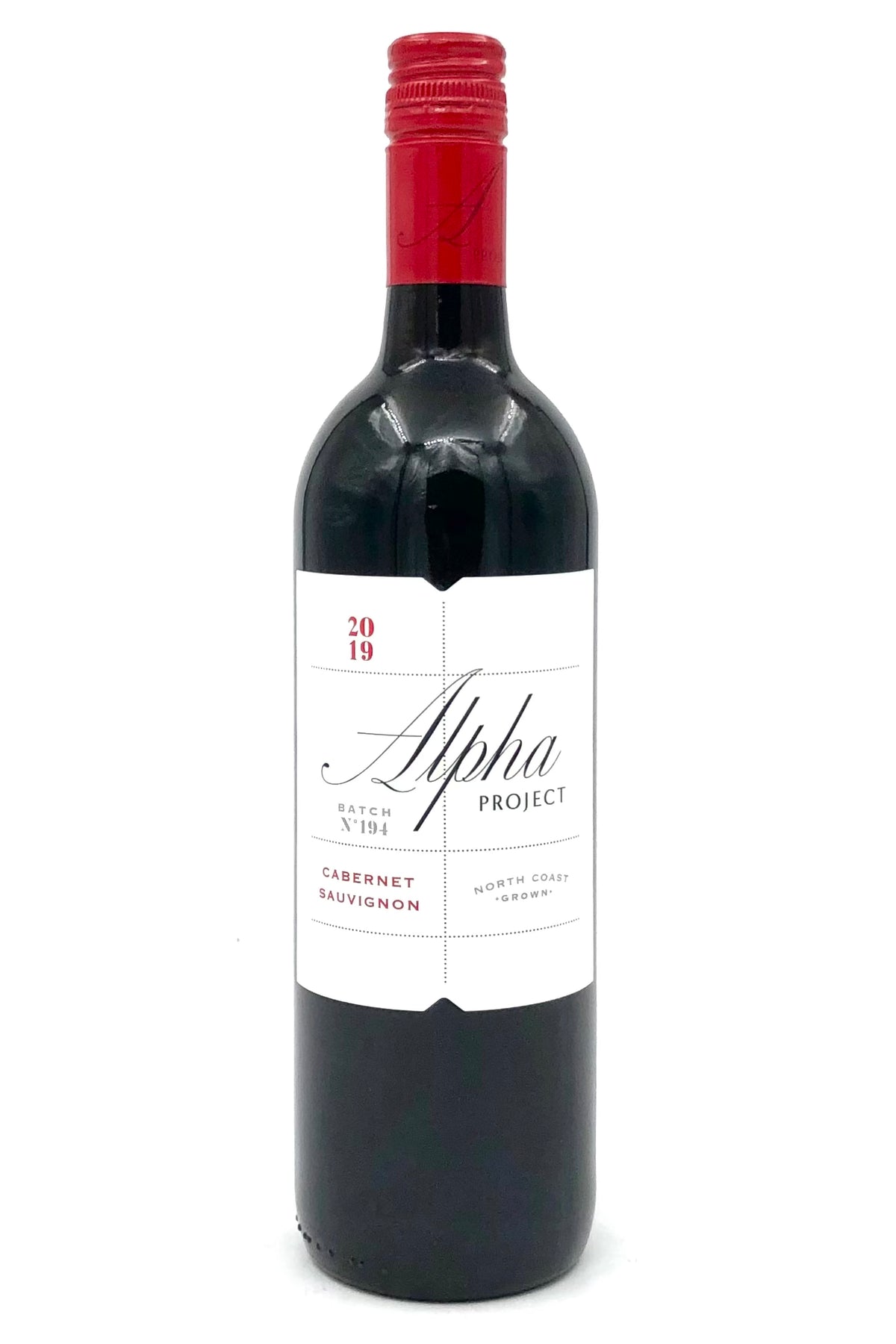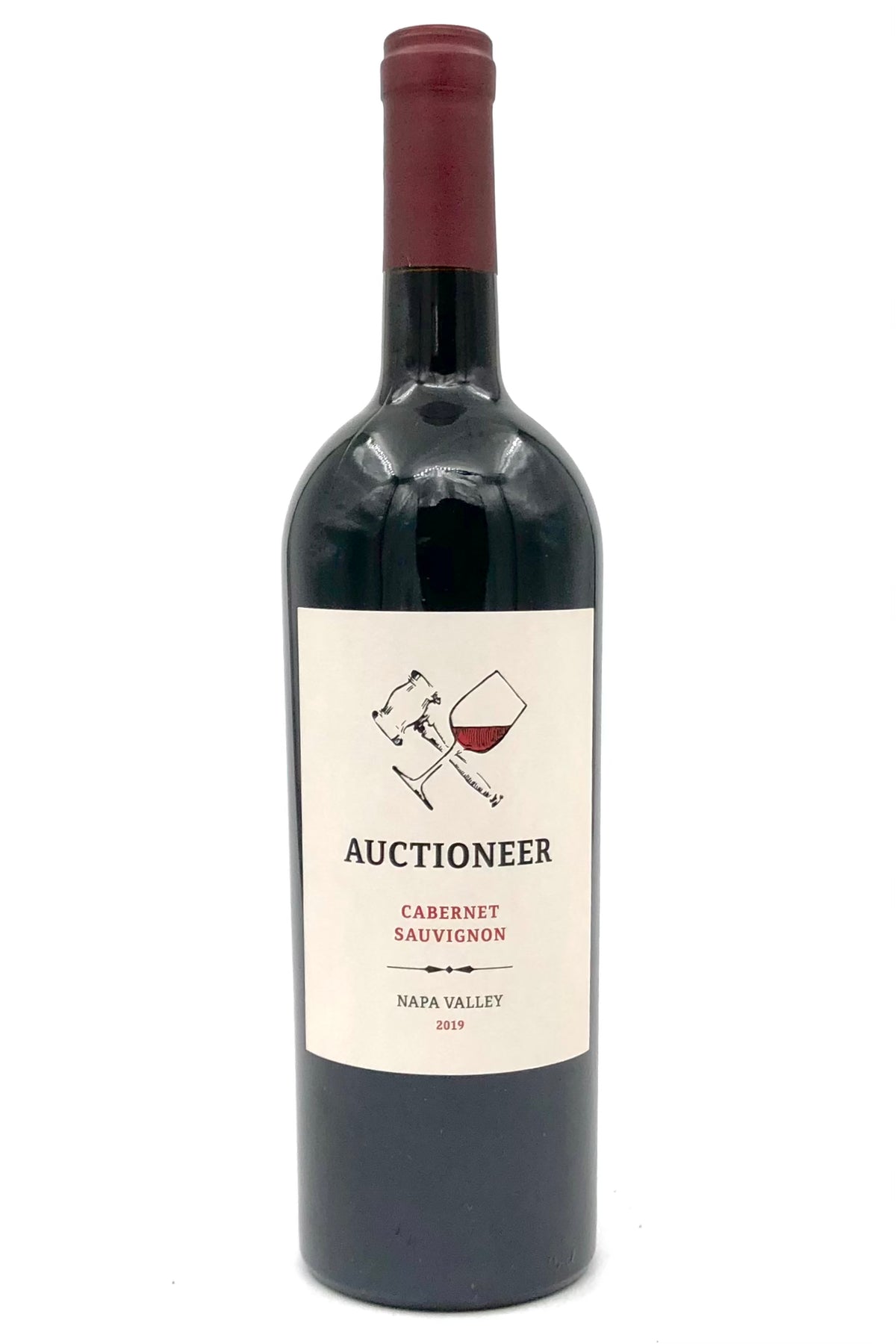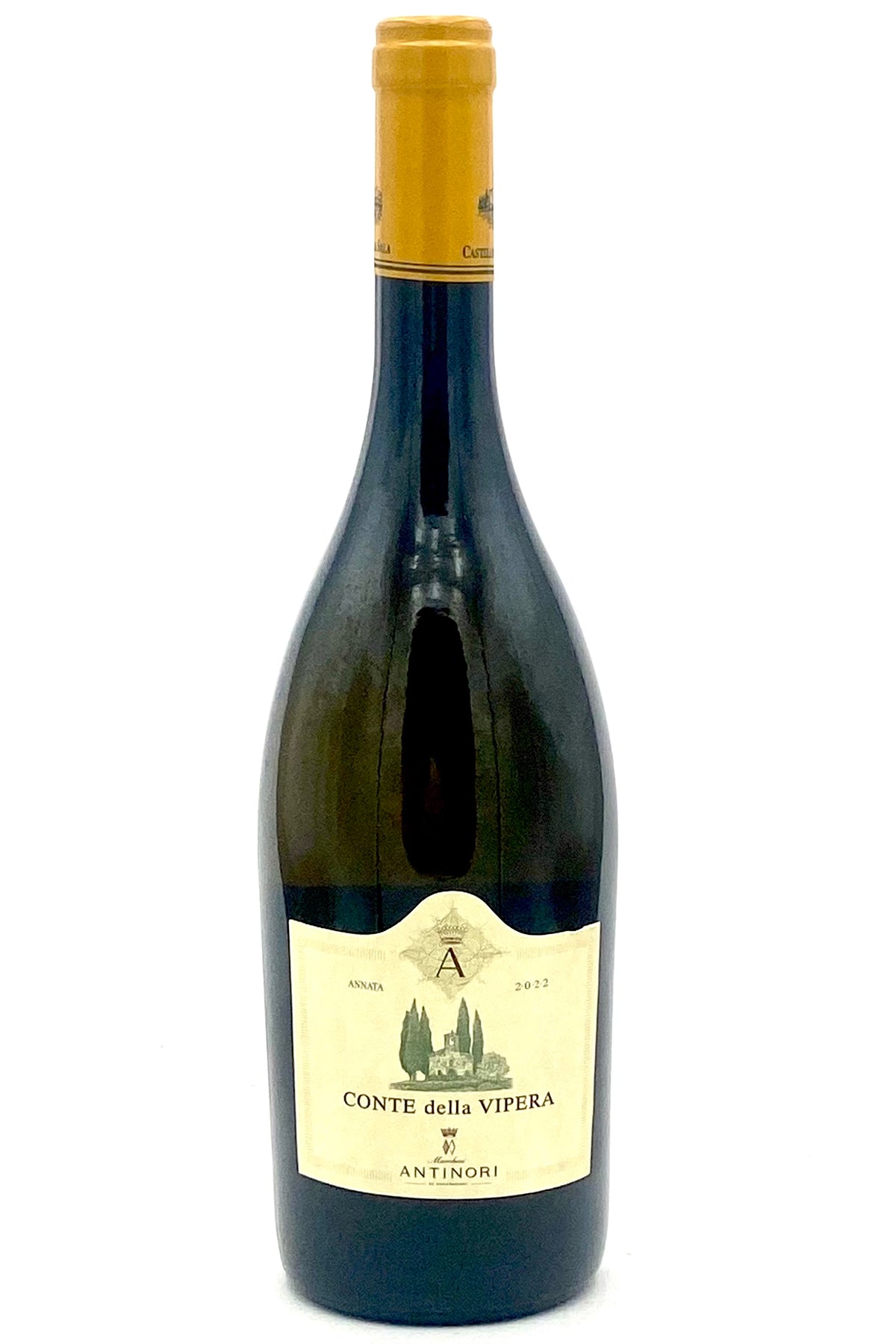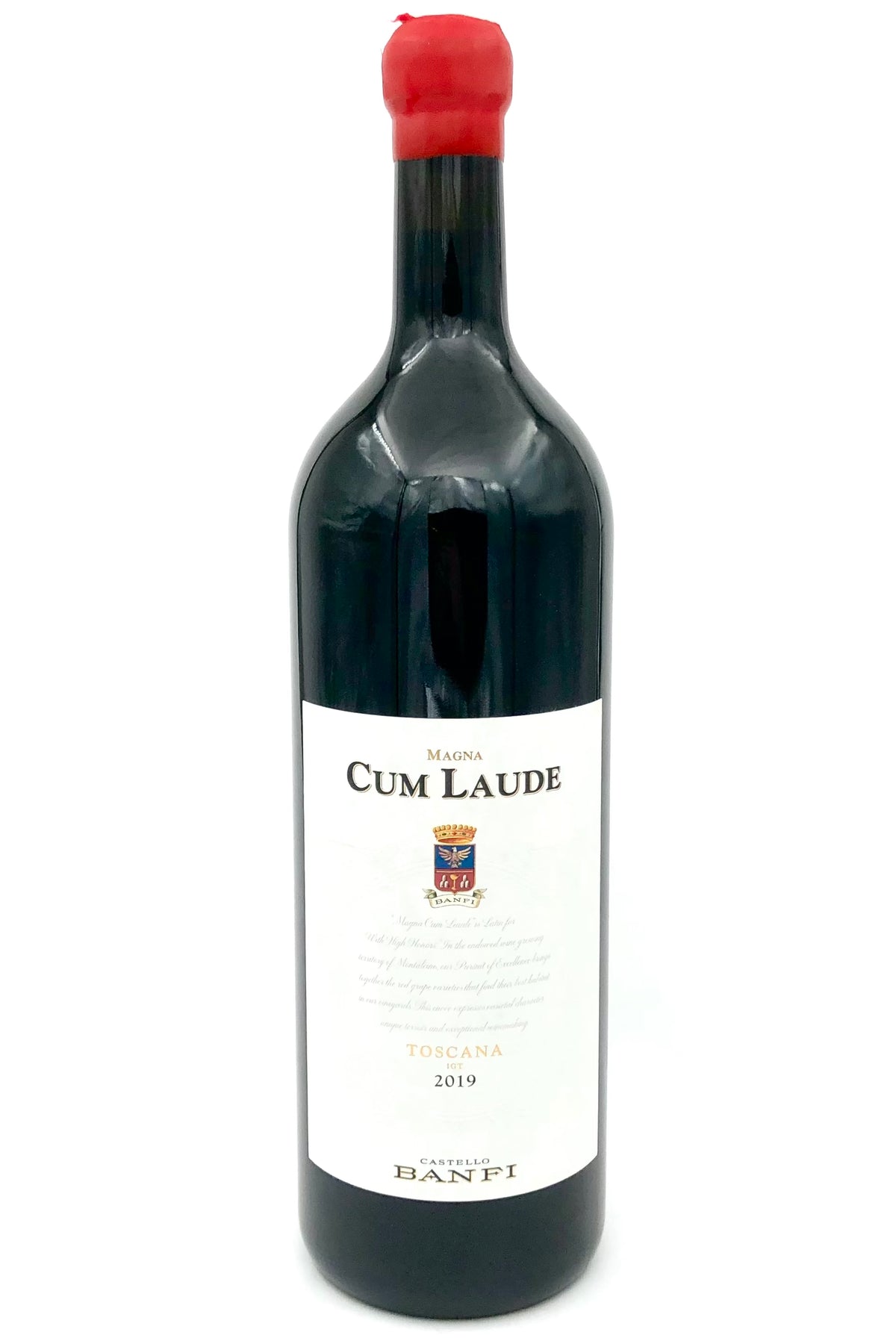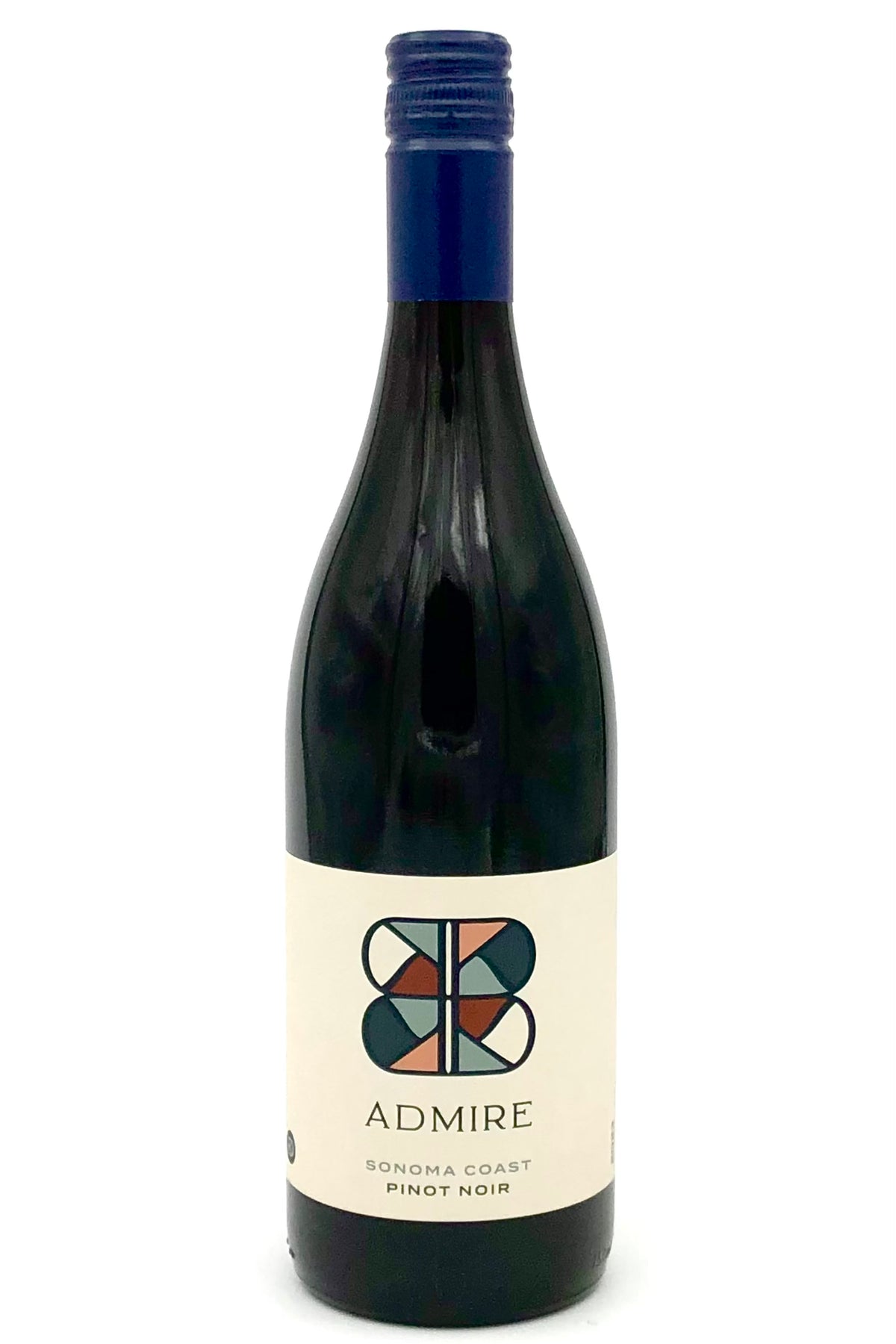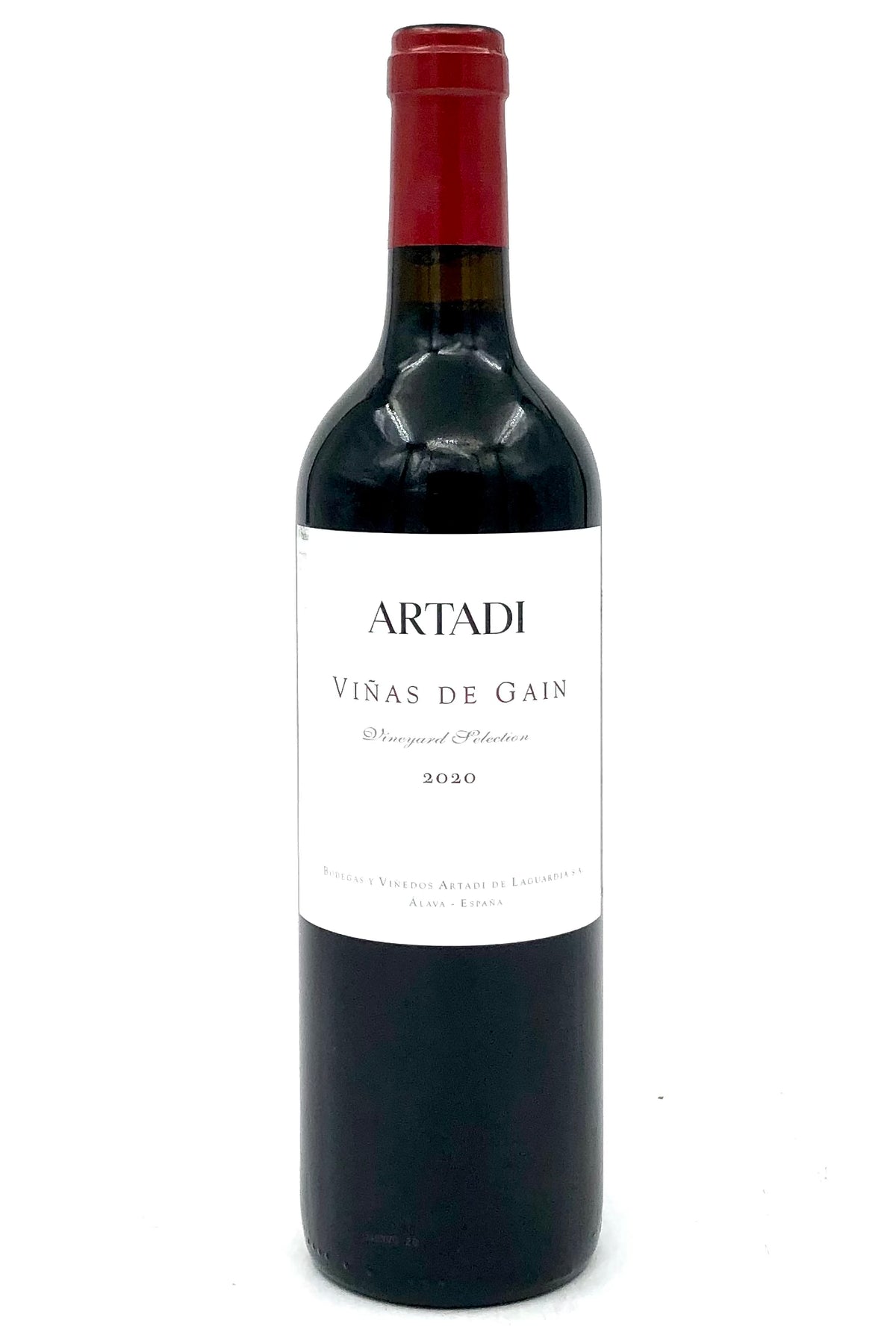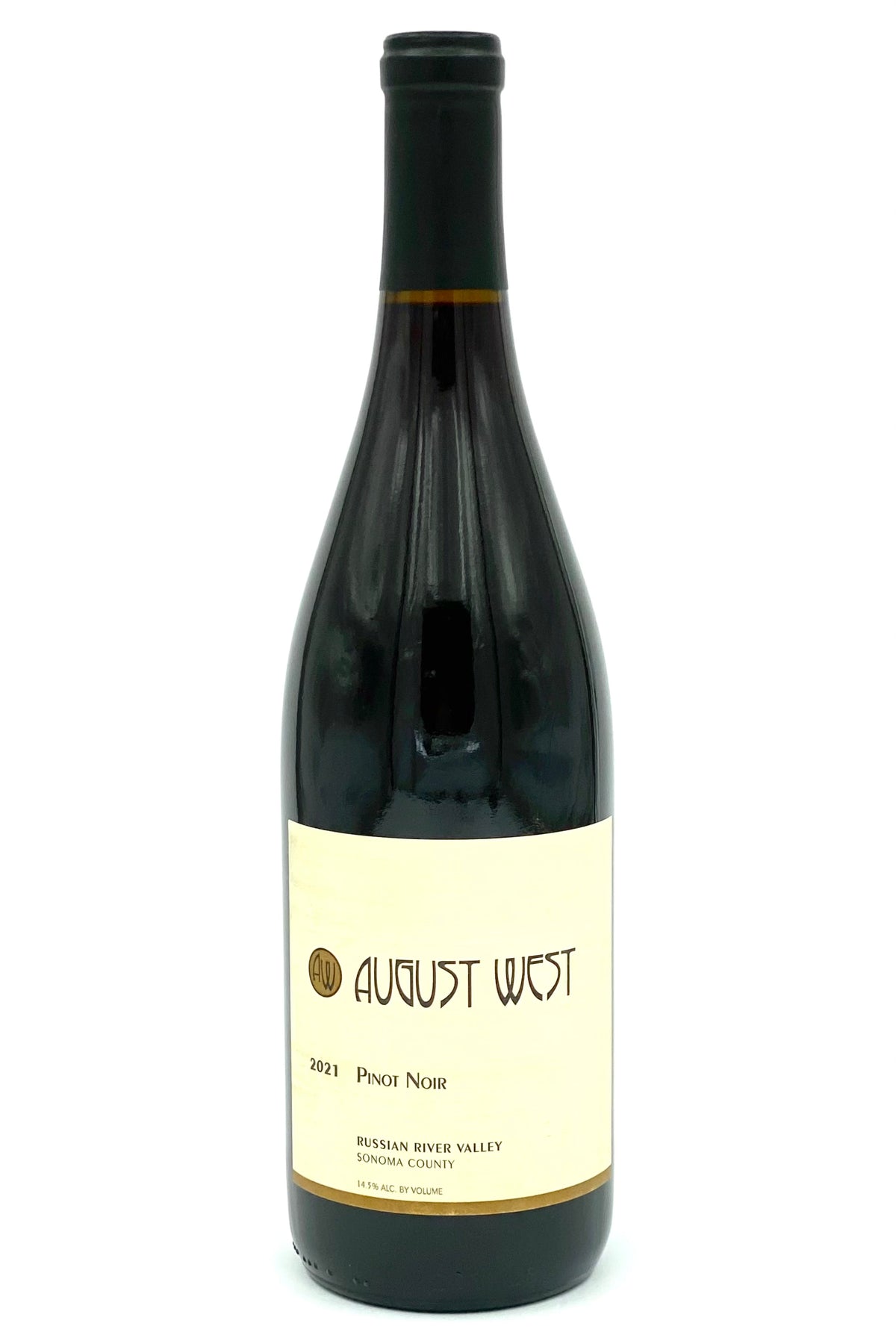Domaine d’Ardhuy 2021 Aloxe-Corton Les Boutieres – Les Valozieres Pierreclos
$ 58,00 $ 29,00
Several plots of vines between 30 and 60 years old (average age 40 years). Massal selection of Pinot Noir.
The various plots have similarities in their terroir. They are made up of clay over stones and gravel from the alluvial fan of Aloxe-Corton. The ground is quite compact and heavy which makes it relatively cool.
The Domaine d’Ardhuy is a family estate passed on from father to daughters and is situated on the border between the Côte de Beaune and the Côte de Nuits. Its symbolic heart is at the walled vineyard, « Le Clos des Langres ».
Explanation:
Boutières : This is the name of two plots at Aloxe-Corton, above the D974 road from Dijon to Beaune. A large plot named “Aux Boutières” runs on from these plots at Savigny-lès-Beaune, and above, the Champ Chevrey climat points to a hollow path probably followed by mules transporting wine-filled “boutes” (goatskins). We can follow their steps thanks to the three parcels at Pernand-Vergelesses which prolong the Savigny-lès-Beaune lieu-dit “Aux Boutières” and are called Les Boutières. The layout of these parcels is surprising. They are spaced out along this very ancient road which probably enabled the mule-riders to get to the Arrière-Côte villages to supply them with wine. We would like to know where these mule-drivers came from; possibly from the port of Seurre which is closer to these villages than Chalon-sur-Saône. Oil and wine were transported by mule in “boutes”: goatskins containing about 50 litres. Would this name, which stems from imperial Latin BUTTIS “wine vessel” originate from Gallic? We don’t know. It could rather be a Mediterranean term linked with vine growing.
Valozières : At Aloxe-Corton, this climat lies in a humid, slightly hollow place, where osiers or small size willows thrived; their shoots are used to make bonds to tie up the vine or plants, and also for wickerwork. In ancient French, Osier or Osière – probably derived from Frankish *Alisa – designates wicker.
Fast Delivery and Professional Packaging
Our long-standing partnership with UPS FedEx DHL and other carriers around the world lets us offer a range of shipping services. Our warehouse employees will pack each item according to our strict requirements. Prior to shipping, your goods are carefully examined and securely secured. We ship to thousands of customers each day across different countries. This is a testament to our commitment to be the biggest online retailer in the world. Warehouses and distribution centers are located throughout Europe as well as in the USA.
Orders with more than 1 item are assigned processing periods for each item.
Before shipping, all ordered items will be thoroughly examined. Currently, most orders are shipped within 48 hours. Delivery time ranges between 3-7 days.
Returns
The stock is constantly changing. It's not completely managed by us, as we're involved with several organizations, such as the factory and the storage. So the actual stock may alter at any time. Please be aware it's possible your order could run out of stocks once you've placed your order.
The policy is 30 days. If 30 days have gone without a trace since the purchase, unfortunately we can't offer an exchange or refund.
The item should not be in use and must be in the original packaging. The item should be returned in its original packaging.
